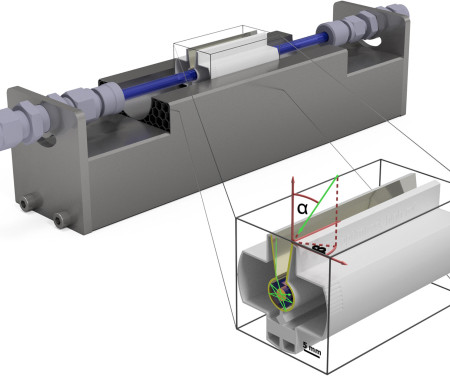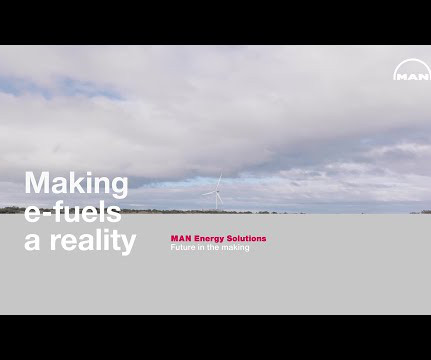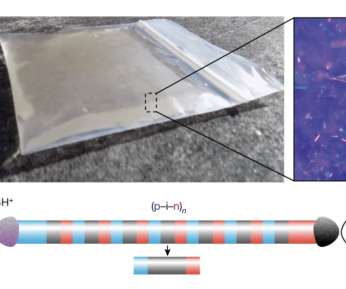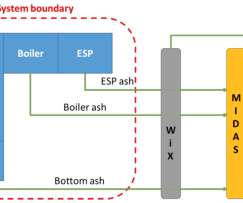Researchers use melamine to create effective, low-cost carbon capture; potential tailpipe application
Green Car Congress
AUGUST 5, 2022
millimoles per gram at 1 bar), fast adsorption time (less than 1 minute), low price, and extraordinary stability to cycling by flue gas. This work creates a general industrialization method toward carbon dioxide capture via DCC atomic-level design strategies. —Mao et al. Haiyan Mao et al.










































Let's personalize your content